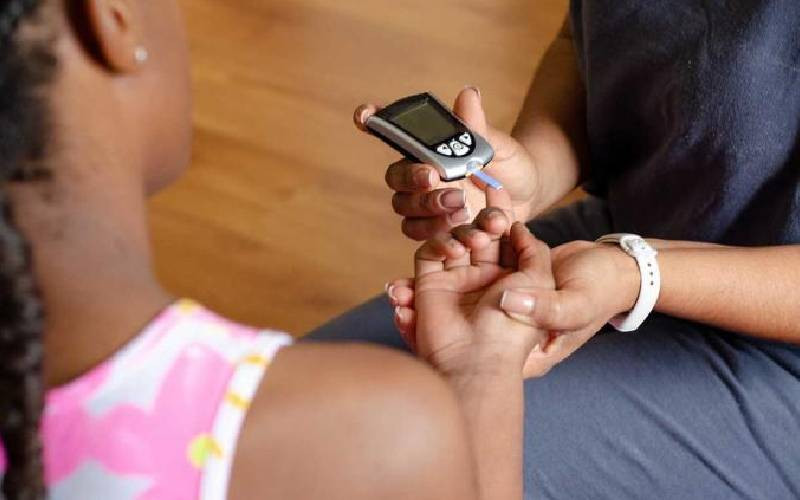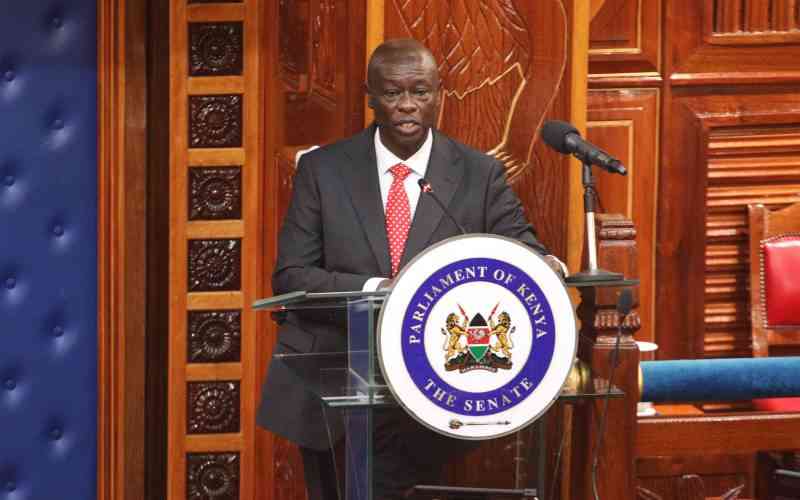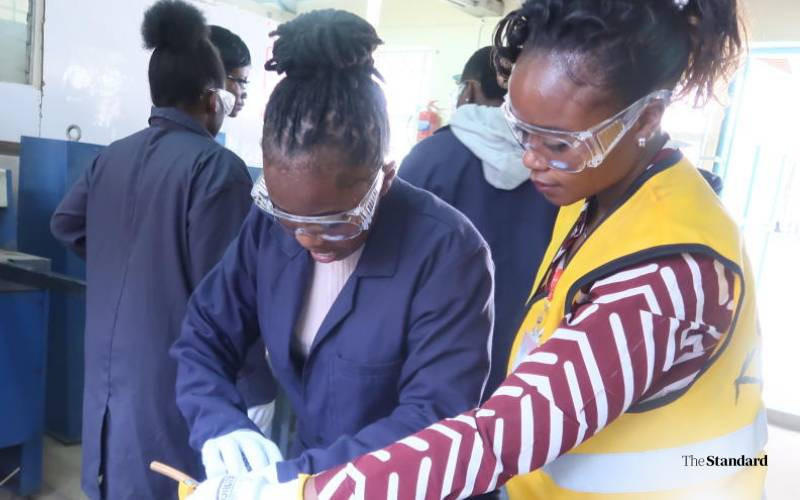
As a parent or caregiver, nothing is more critical than your child’s health and happiness. However, a growing threat is impacting more families than ever before — childhood diabetes.
Although often seen as an adult disease, an increasing number of children in our communities are affected. This problem is only worsening. Estimates suggest that between 50,000 and 70,000 children in Kenya are living with type 1 diabetes, a condition that isn’t preventable and requires lifelong insulin treatment.
Tragically, many children are diagnosed too late, especially in rural areas where limited awareness and access to healthcare leave some without proper diagnosis or care, sometimes resulting in death before they receiving treatment. This crisis calls for urgent action and greater awareness.
But the more alarming issue today is the rise of type 2 diabetes in children, which is linked to lifestyle factors such as poor diet and lack of physical activity. Our society is witnessing an unsettling shift in our children’s health. The rapid changes in urban living—processed foods, sedentary lifestyles, and decreased physical activity—contribute to this rise. The WHO reports that diabetes prevalence in Kenya stands at 3.3 per cent and is projected to rise to 4.5 per cent by 2025. Many of these cases involve children developing type 2 diabetes, a condition once rare among the youth.
The Ministry of Health has launched a groundbreaking programme to provide comprehensive care for people with diabetes, including children. One of the most crucial aspects of this initiative is provision of free insulin to children with type 1 diabetes. While the effort is commendable, there is a concerning gap between what’s promised and what’s delivered. Some rural health centres still struggle with inconsistent insulin supplies, and as the program transitions from donor funding to full government support, concerns about long-term sustainability have emerged.
Partnerships, such as the Changing Diabetes in Children (CDiC) initiative, have been a lifeline for many families. In collaboration with organisations like Novo Nordisk, this initiative provides free insulin and critical diabetes care for children. These public-private partnerships illustrate how joint efforts can enhance healthcare access and outcomes. However, more support is needed, particularly in reaching underserved communities.
Many parents and caregivers are unaware of the risks of diabetes in children. Being overweight significantly increases the risk of developing type 2 diabetes. If a family member has diabetes, the risk for your child increases. Lack of regular exercise can lead to weight gain and insulin resistance.
The shift toward urban living in Kenya has significantly changed how families eat, often for the worse. Fast food, sugary drinks, and processed snacks have become staples in many homes. But as a parent, you can influence and encourage your child to drink water instead of sugary beverages and offer healthy snacks like fruit, nuts, or yogurt. Small changes, such as replacing soda with water or chips with fruit, can significantly impact your child’s long-term health.
Physical activity is one of the most powerful ways to prevent type 2 diabetes in children. However, many Kenyan children, especially in urban areas, lead sedentary lifestyles due to long school hours, screen time, and a lack of outdoor play.
As parents, caregivers, and communities, we all have a role to play in reversing the tide of childhood diabetes. Together, we can secure a brighter, healthier, and diabetes-free future for our children.
-Dr Mukhwana is a paediatric endocrinologist at Gertrude’s Children’s Hospital.
 The Standard Group Plc is a multi-media organization with investments in media
platforms spanning newspaper print operations, television, radio broadcasting,
digital and online services. The Standard Group is recognized as a leading
multi-media house in Kenya with a key influence in matters of national and
international interest.
The Standard Group Plc is a multi-media organization with investments in media
platforms spanning newspaper print operations, television, radio broadcasting,
digital and online services. The Standard Group is recognized as a leading
multi-media house in Kenya with a key influence in matters of national and
international interest.
 The Standard Group Plc is a multi-media organization with investments in media
platforms spanning newspaper print operations, television, radio broadcasting,
digital and online services. The Standard Group is recognized as a leading
multi-media house in Kenya with a key influence in matters of national and
international interest.
The Standard Group Plc is a multi-media organization with investments in media
platforms spanning newspaper print operations, television, radio broadcasting,
digital and online services. The Standard Group is recognized as a leading
multi-media house in Kenya with a key influence in matters of national and
international interest.











